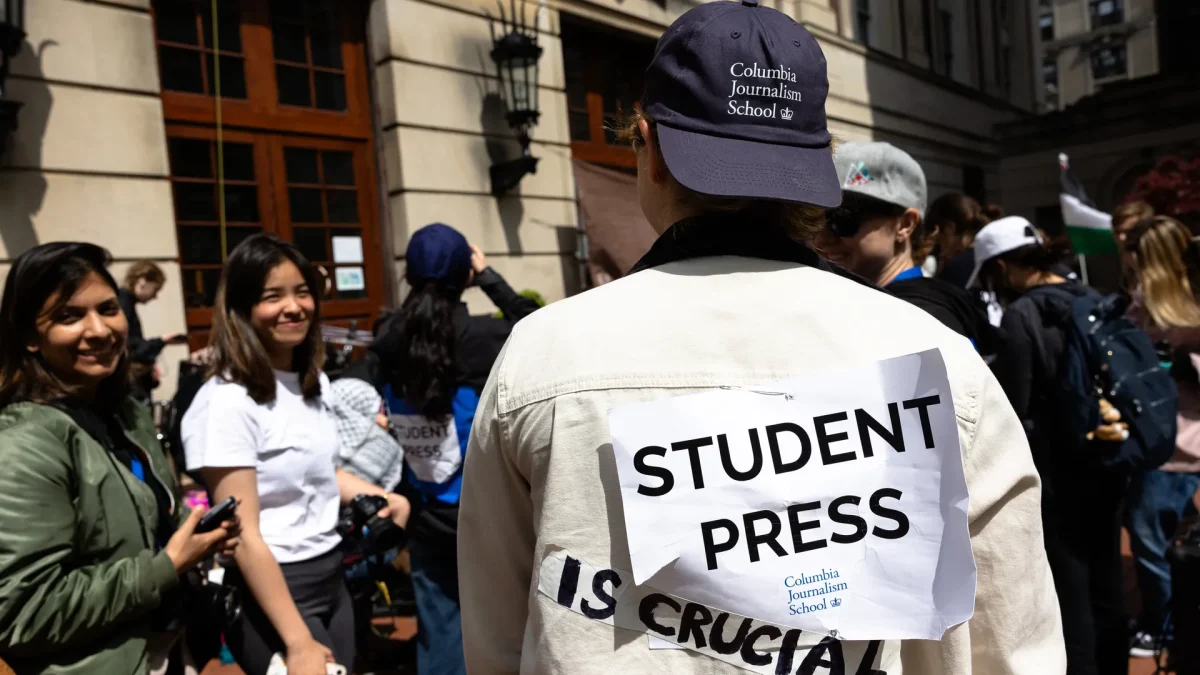Walkout results in changes to All Nations
November 11, 2013
It isn’t often that students from all three educational programs at South come together for a common cause for change. It’s been eight months since many South High students took part in the walkout sponsored by the students of the All Nations program on March 11, 2013. Now, more than half a year later, we can reflect and evaluate whether the efforts of the walkout truly made a difference.
Most students heard about the walkout for the first time through a Facebook event created by an All Nations alumni of 2013, Winona Vizenor. She planned a walkout to get the entire school to realize that changes were needed in the All Nations program. According to the mission statement of All Nations, it is a program devoted to maintaining the Native American culture while supporting the success of its students.
The goals of the All Nations students involved in the walkout were to gain a smudging room (a traditional ceremony sacred to many Native American tribes), re-establish a drumming group, intertwine more Native culture into their curriculum, and become more unified with the rest of the programs. The walkout was intended to be the means with which the students could have their voices heard by the administration and the rest of the school.
“[Last year] all the traditional things we had to do, we had to go outside for,” Junior Anastasia Pinneu-Valtierra explained, “we were never able to do anything [traditional], like if we smudged we had to go outside. If we were drumming we had to go outside.”
Senior Hunter Mountain added, “There wasn’t much cultural things involved my first three years [at South], until the walkout happened.”
There have been several significant changes made since the March 11, 2013, walkout. The All Nations program has started an after school drumming group. This year, they have a smudging room, the teachers have incorporated more culture into their curriculum, and the All Nations students now have their own dedicated section in the school. However, these changes may not have been the result of the walkout. Many of the changes made to the program were already in the works before the walkout transpired.
Counselor Jackie Vertigan, who filled in for Joe Kingbird as coordinator of the All Nations program when he was on leave, stated, “I wouldn’t say the walkout was terribly significant in changing the program because much of what you see different today in All Nations is work that we had already begun doing and things that we had already been intending to do.”
“One event gets a lot of attention for one day, and it is important to have its voice heard,” elaborated Vertigan, “but, if you want change, it has to be the same people that show up, and are thoughtful and wrestle with the issues and talk about how they are going to help.”
This is why the All Nations Advisory Council was formed. The council consists of both parents and students who advise the staff how to advance the goals of the All Nations program. The goals that they want to achieve include incorporating cultural values into the school curriculum and helping All Nations’ students be able to choose a life that they think is successful for themselves.
Although the walkout may not have changed the program itself, some students say that it changed the way people think about the program.
“We’ve gotten a great deal of respect from the other programs,” reflected junior Joey Hill. “People do not believe we are all that bad anymore because we stood up for ourselves . . . which showed empowerment and devotion to our Native American activities and ceremonies.”
“The walkout kind of shook people up. It got people to notice things. I think those changes would’ve happened none-the-less, but it would’ve taken a longer time. I do like these changes,” senior Sean Buehlmann concluded.













